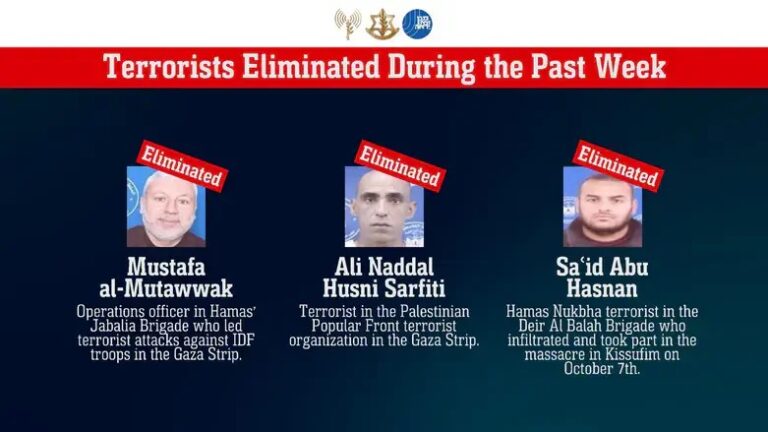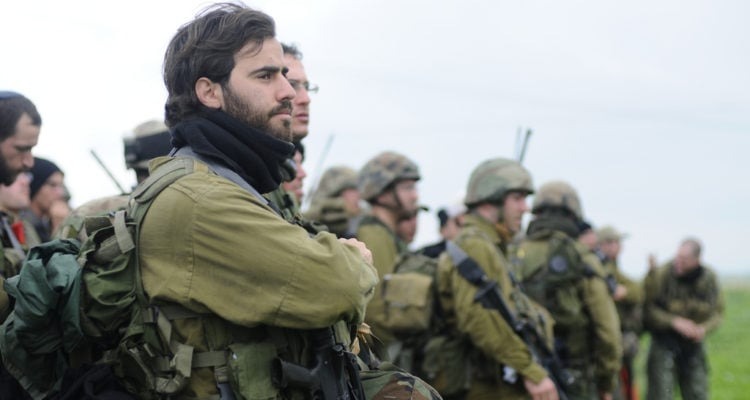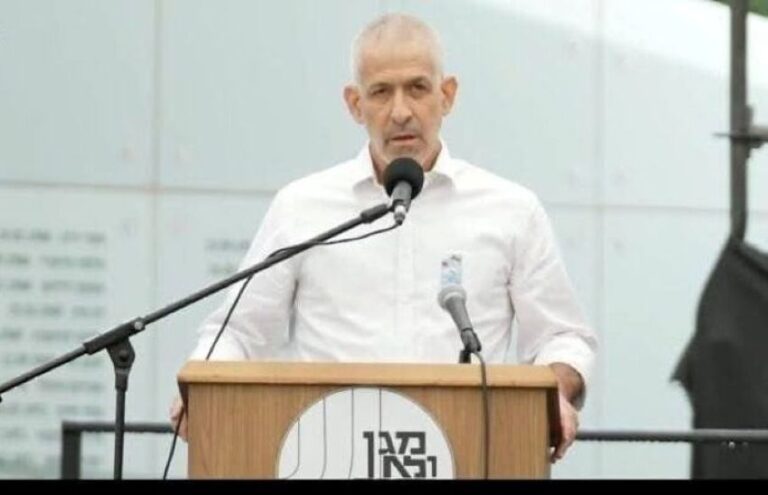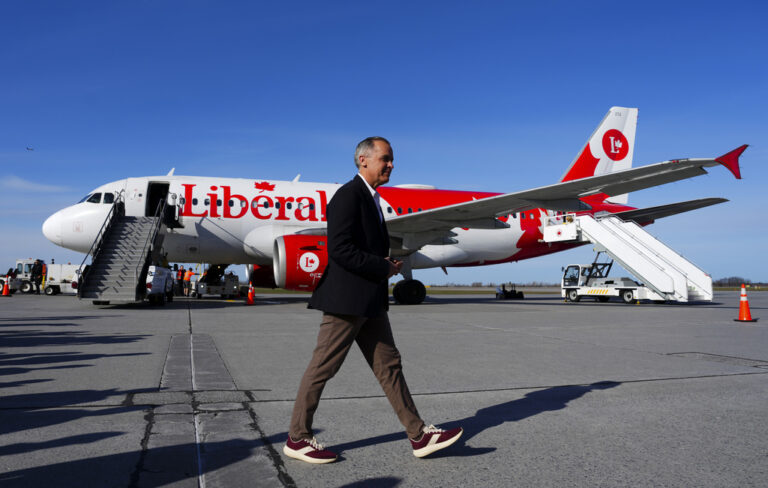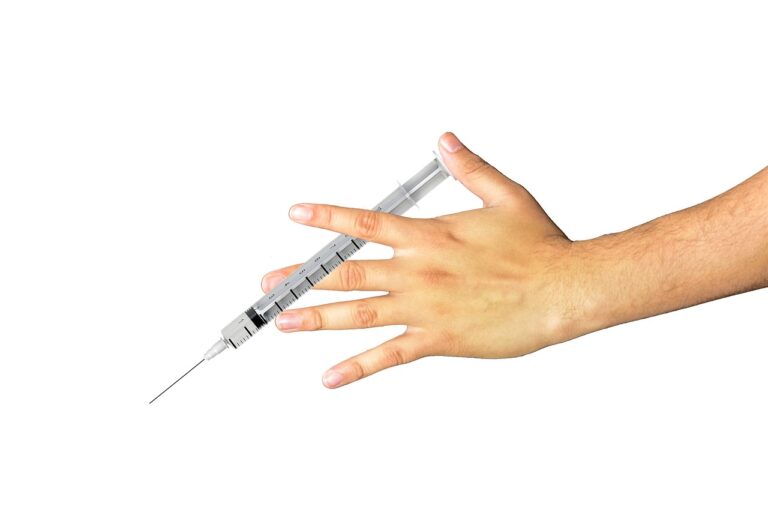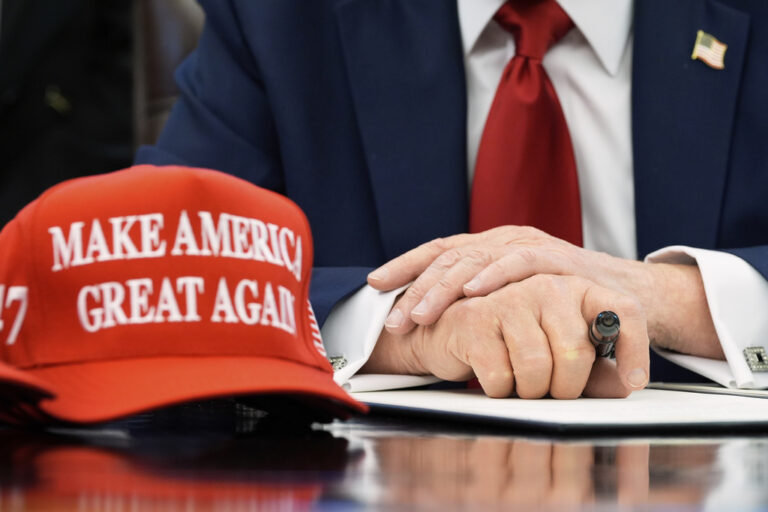 Ferocious street battles between protesters and police in the Ukrainian capital have left dozens dead and hundreds wounded in the past few days, raising fears that the ex-Soviet nation, whose loyalties are split between Russia and the West, is in an uncontrollable spiral of violence.
Ferocious street battles between protesters and police in the Ukrainian capital have left dozens dead and hundreds wounded in the past few days, raising fears that the ex-Soviet nation, whose loyalties are split between Russia and the West, is in an uncontrollable spiral of violence.
Following a shaky truce Wednesday, fighting flared up again with renewed fervor. Both the government and the opposition blame each other for widely using firearms. The opposition said the government used snipers to shoot protesters from roofs of buildings around Independence Square, known as the Maidan, which has been the epicenter of the anti-government protests.
Here is a guide to the crisis.
DIVIDED COUNTRY
The protests erupted in November when President Viktor Yanukovych abruptly refused to sign a long-anticipated political association and free trade agreement with the European Union, opting instead for closer ties with Russia. Yanukovych is widely despised in Ukraine’s west, but has strong support in his native Russia-speaking east, as well as south.
The pro-Western demonstrators saw Yanukovych’s move as a betrayal of national interests and submission to Moscow, and demanded that that he reverse his decision. Their number swelled to hundreds of thousands after a brutal riot police crackdown and their demands have quickly become more radical to include Yanykovych’s resignation and early elections.
ROOTS OF VIOLENCE
The rallies, which were initially peaceful, spilled into violence in January after parliament, dominated by Yanukovych’s supporters, passed repressive laws intended to quash the protest. For several days in January, radical protesters hurled firebombs and stones at police, who retaliated with stun grenades, tear gas and rubber bullets. At least four people died and hundreds were injured.
Fighting ceased after Yanukovych made some concessions, including the retraction of the repressive legislation and the ouster of his prime minister. The opposition kept pushing for constitutional changes that would limit the presidential powers, and the refusal by pro-Yanukovych’s lawmakers to endorse the amendments triggered the latest spasm of violence that began when the demonstrators assailed police who fought back.
Unlike last month, firearms were widely used this time, resulting in a much higher death toll.
Pitched battles led to further radicalization and made both sides unwilling to compromise. The opposition would accept nothing but Yanukovych’s resignation. The president is apparently prepared to fight until the end.
GLOBAL POWER PLAYS
Both Russia and the West have made vigorous efforts to draw Ukraine into its orbit — and that tug of war continues in the crisis.
Moscow sees what is now Ukraine as the birthplace of Russian statehood and the Russian Orthodox Christianity. Most of modern-day Ukraine came under the control of the Russian czars in the 1700s after being part of the Polish-Lithuanian Commonwealth. Except for some western regions, which were part of Poland between the two world wars and then became part of the Soviet Union, Ukraine remained under Moscow’s control until the 1991 collapse of the Soviet Union.
President Vladimir Putin sees close economic and political ties with Ukraine as essential for the success of his project to build an alliance of ex-Soviet neighbors.
Russia has done its best to derail Ukraine’s pact with the EU with a mixture of trade sanctions and promises. After Yanukovych spiked the deal, Moscow offered a $15 billion bailout to help Ukraine avoid an imminent default, but so far has only provided $3 billion, freezing further disbursements pending the outcome of the ongoing strife.
The European Union and the United States have urged Yanukovych to negotiate a peaceful end to the conflict. But numerous visits to Kiev by Western diplomats have achieved little result so far.
Exasperated, Washington and the EU warned Yanukovych they would introduce sanctions against those responsible for the latest violence. Sanctions including travel bans and asset freezes could force Yanukovych’s hand by hitting powerful tycoons whose support is essential for his rule.
POSSIBLE CONSEQUENCES
Protesters have seized government buildings in most western regions of Ukraine, where public support for Yanukovych is close to zero, declaring themselves independent from the central government. They seized hundreds of firearms at police and security agency headquarters and sent volunteers to join battles in Kiev, according to the government.
In the Russian-speaking east and south, where the majority of the population depends on trade with Russia and supports close ties with Moscow, pro-Western demonstrators have little public following. Some officials and lawmakers there have urged Yanukovych to quash protests in Kiev at any cost.
The sharp divide between east and west has fueled fears of a messy breakup of the country.
(AP)




